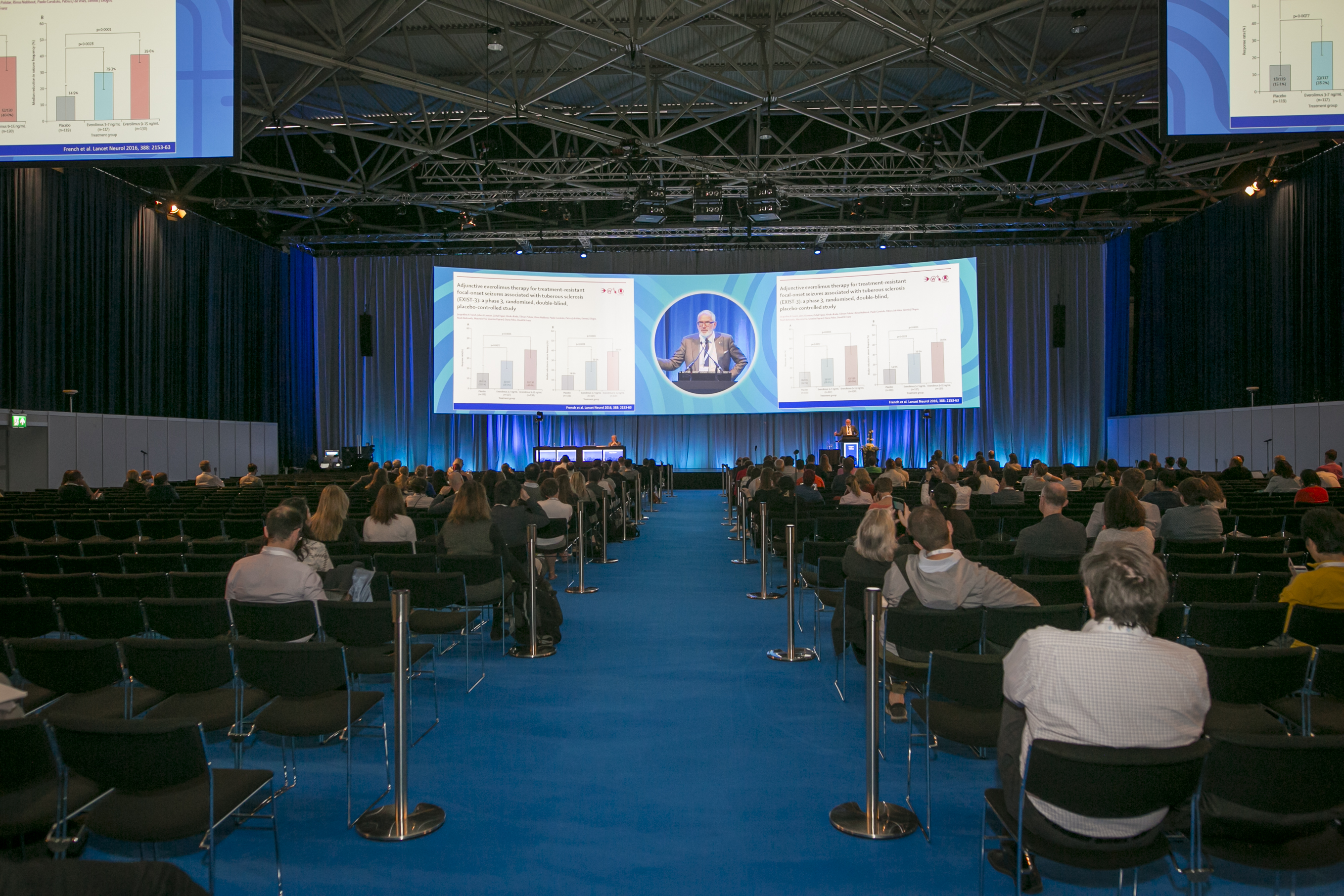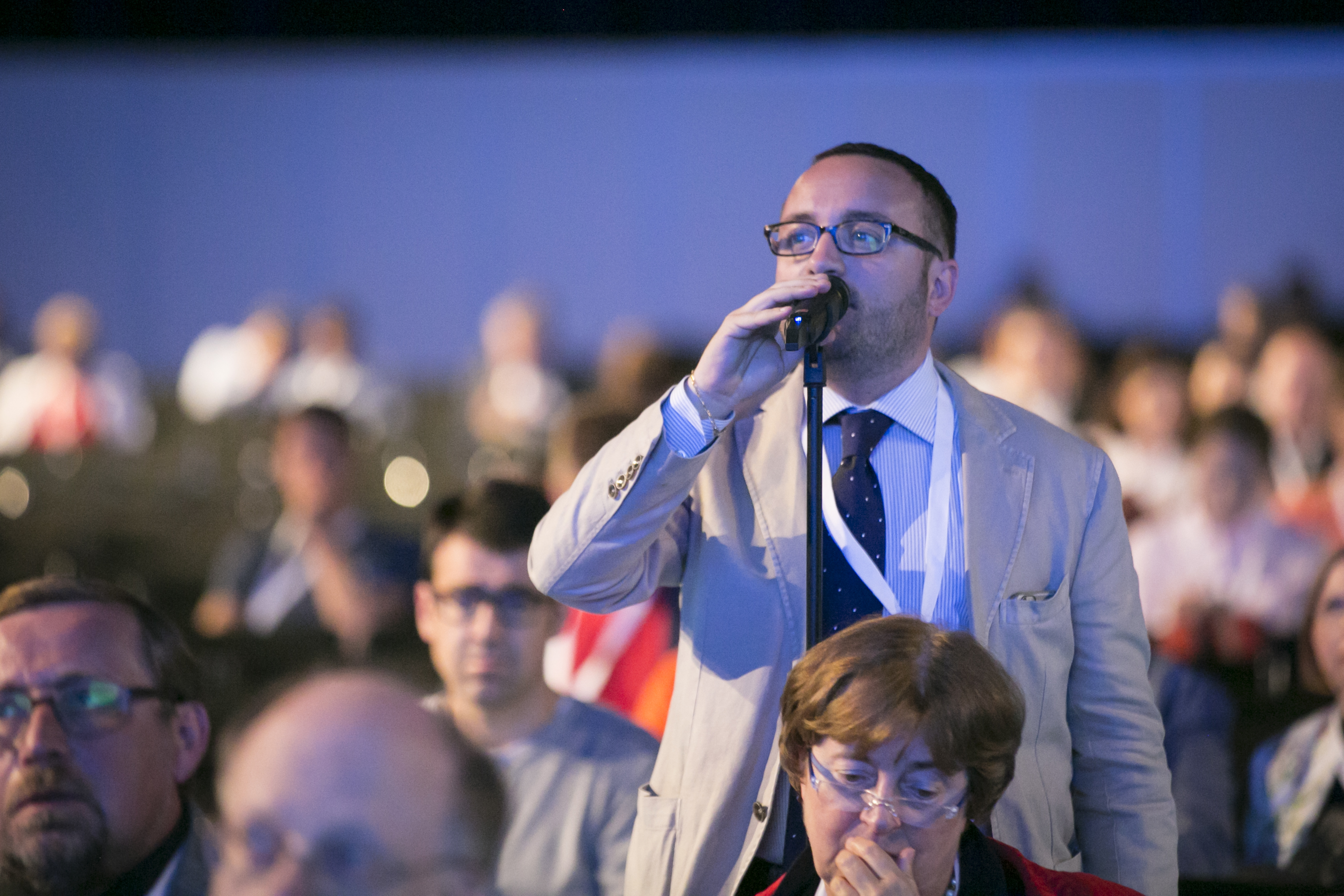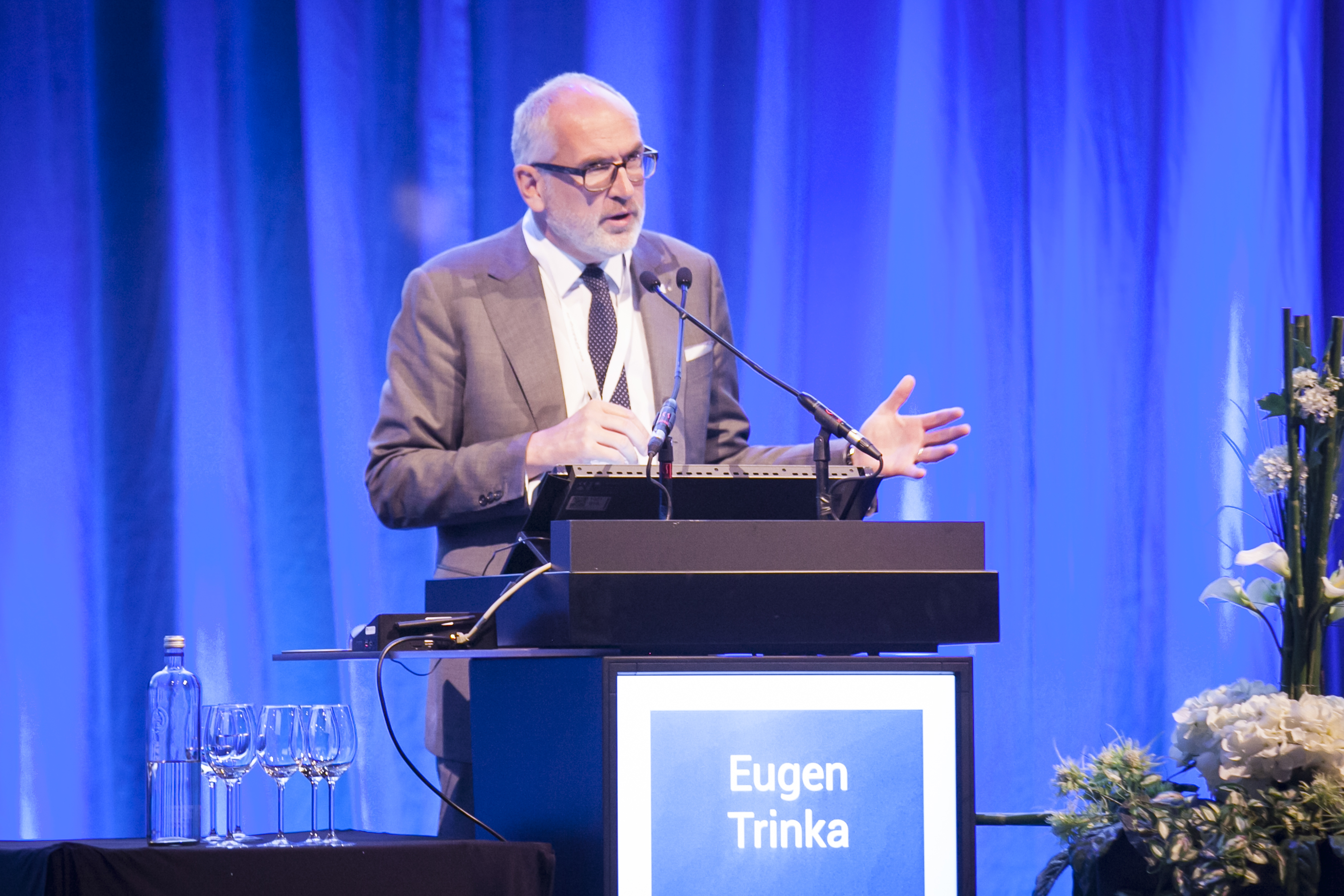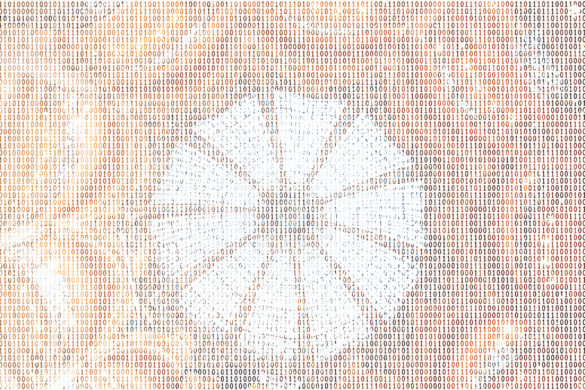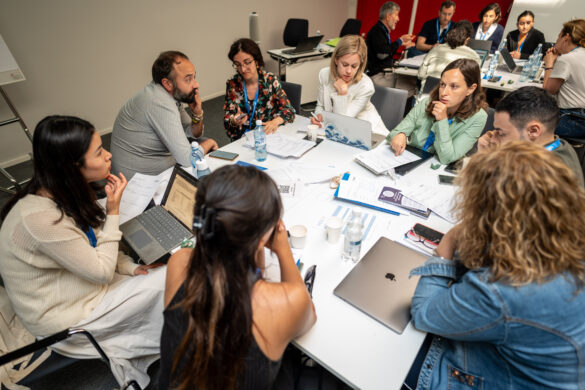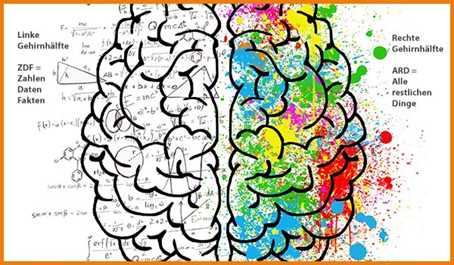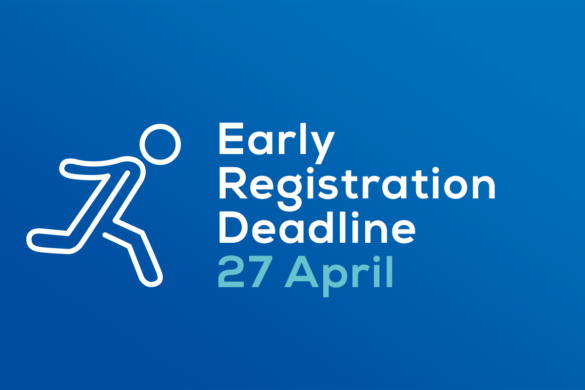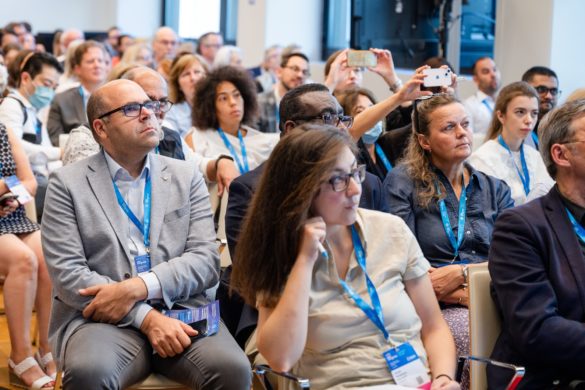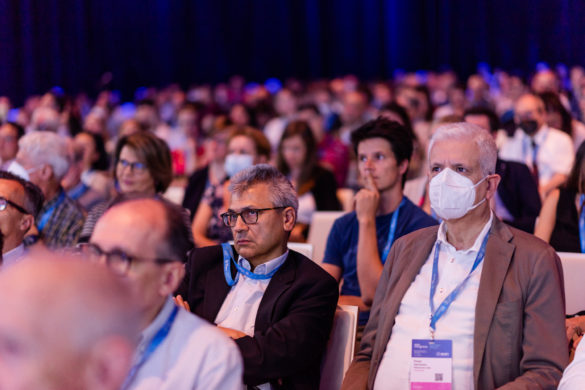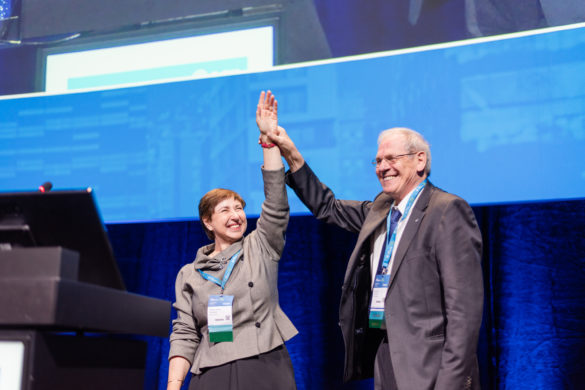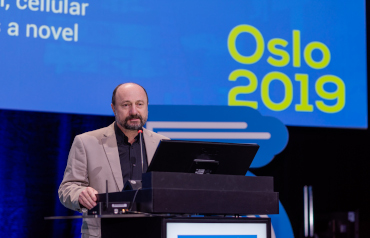ILAE-CEA/EAN: Recent and upcoming new drugs and devices for the treatment of epilepsy
CHAIRPERSONS: Meir Bialer, JERUSALEM, ISRAEL Paul Boon, GHENT, BELGIUM
- 25 years new anti-epileptic drugs – did they make a difference?
Eugen Trinka, SALZBURG, AUSTRIA - New anti-epileptic drugs on the horizon: Neurosteroids, cannabinoids, non-teratogenic valproic acid derivatives and YKP3089
Meir Bialer, JERUSALEM, ISRAEL - Recent advances in the treatment of epilepsy
Paul Boon, GHENT, BELGIUM - New drugs for super-refractory status epilepticus
Simon Shorvon, LONDON, UK
Prof. Trinka from Salzburg opened the session by presenting the six goals of epilepsy treatment: freedom from seizures, good tolerability, ease of use, consideration of comorbidities, recognition of special patient groups and finally anti-epileptogenesis. One of the most important messages of his talk was that clinical practice in epilepsy should not be driven by treatment efficacy alone, but that it would be better to focus on effectiveness: a combination of efficacy and tolerability, which are the primary influences on quality of life in epilepsy patients. He concluded his presentation by underlining important recent findings in the field of anti-epileptogenesis thanks to studies of the mTOR signalling pathway that will lead to the introduction of drugs such as everolimus and rifampicine, which are disease-modifying treatments for specific forms of epilepsy.
Prof. Trinka presented Prof. Meir Bialer’s data, discussing the pre-clinical aspects of research on anti-epileptic drugs (AEDs). He presented promising drugs that could be used in clinical practice, such as cenobamate, fenfluramine, cannabidiol and valpromide, and proposed a new model for phase II multi-centre trials for the development of new pre-clinical anti-epilepsy therapy. Finally, he gave examples of contributions by the European Reference Network (ERN) for rare and complex epilepsies (epiCARE), such as the GATOR complex gene and the results from the zebrafish models of seizures and epilepsy.
Prof. Shovron from London focused on treatment of the different stages of status epilepticus (SE). He showed the advantages of early SE treatment with the combination of buccal IM midazolam and IV lorazepam, and the future prospects for intranasal midazolam and intrapulmonary propofol. Moreover he presented ketamine as a new alternative for the treatment of refractory and super-refractory SE that should overcome the well-known side effects of anaesthetic drugs. He concluded his presentation by emphasising the importance of neurosteroids in SE. These are seen as potentially changing the management of refractory and super-refractory status epilepticus (the results of the current phase III multi-centre RCT are expected this summer).
Finally, Prof. Paul Boon from Ghent, who chaired the session, spoke about the exciting field of neuromodulation in the treatment of drug-resistant epilepsy. Even though the mechanisms of action of neuromodulation in epilepsy are not fully known, he pointed out that vagus nerve stimulation (VNS) is an alternative for candidates who are unsuitable for epilepsy surgery. Deep brain stimulation (DBS) and responsive neurostimulation (RNS) are promising but invasive alternatives, while less invasive procedures such as non-invasive VNS and trigeminal nerve stimulation, might be used as an initial treatment before more invasive procedures. There is much less experience of using other neuromodulation techniques and datasets are small, but closed-loop stimulations and “pre-stimulation protocols” to improve patient selection have produced promising results.
By Marta Melis
